Aluminium windows are becoming increasingly popular in both residential and commercial spaces, known for their durability, low maintenance, and sleek, modern aesthetic.

Choosing the right colour is crucial to complement your home’s architectural style, surroundings, and personal preferences for a cohesive look.
Colours for Aluminium Windows
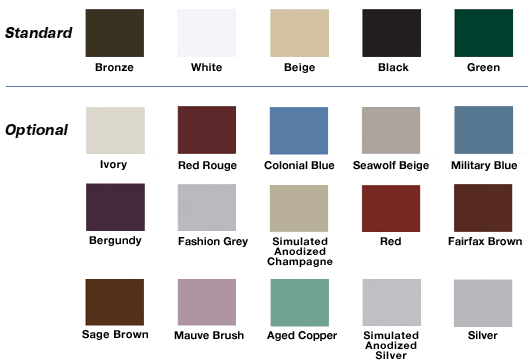
When selecting the right colour for your aluminium windows, it’s essential to consider both aesthetics and how the hue complements your home’s exterior.
Here are some of the most popular and trending choices:
1. Jet Black (RAL 9005)

Jet Black is a striking, bold choice that exudes modern sophistication.
This deep hue creates a dramatic contrast against lighter facades, making it perfect for minimalist and contemporary architectural styles.
It adds a touch of elegance while enhancing the overall design.
2. White (RAL 9010)
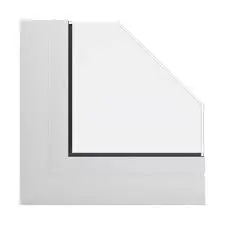
White aluminium windows are versatile and timeless, offering a clean and crisp look that suits both traditional and modern homes.
This colour brightens up spaces and provides a fresh, airy feel, making it a classic choice for enhancing any home’s aesthetic.
3. Slate Grey (RAL 7015)

Slate Grey offers an industrial and refined appearance.
This mid-tone grey blends beautifully with stone, brick, and wood, making it ideal for both urban and suburban settings.
It provides a sophisticated, neutral tone that complements various design elements.
4. Anthracite Grey (RAL 7016)

Anthracite Grey is a darker, more dramatic grey that brings sophistication and timelessness to your windows.
It’s perfect for contemporary homes, offering an elegant contrast with lighter exterior finishes.
This colour adds depth and a bold statement without being overpowering.
5. Beige/Cream (RAL 9001)

Beige and Cream are soft, inviting colours that work well with traditional and rustic homes.
These warm tones pair beautifully with natural materials like wood and stone, providing a classic and harmonious feel that enhances the aesthetic of your home.
6. Brown (RAL 8019)
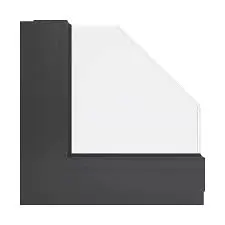
Brown aluminium windows create a grounded, earthy aesthetic that suits country-style homes or natural environments.
These colours blend seamlessly with rustic surroundings and offer warmth and charm, adding a cozy, welcoming atmosphere to your home’s exterior.
7. Green (Provence Green – Smart Sensations)
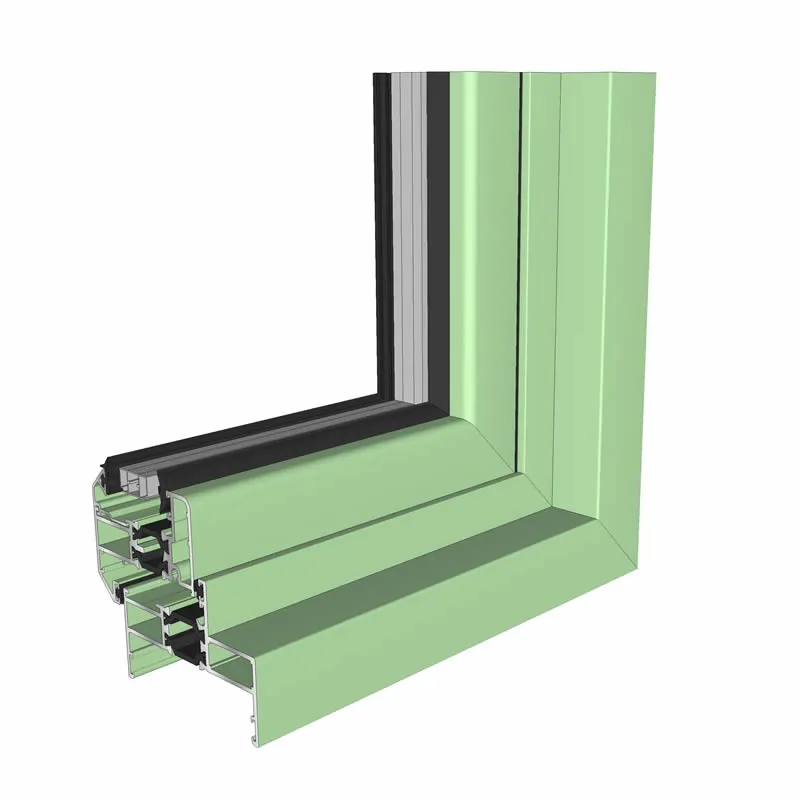
Provence Green is a soft, muted green that introduces a fresh, natural vibe to your windows.
Ideal for homes surrounded by nature, this colour harmonizes with greenery, making it perfect for eco-friendly or countryside homes looking to bring the outdoors in.
Metallic Finishes for Aluminium Windows

For those seeking a modern, industrial touch, Brushed Aluminium provides a sleek aesthetic with a subtle metallic sheen, perfect for minimalist and contemporary designs.
On the other hand, Anodized Aluminium offers a durable, corrosion-resistant finish in shades like bronze, gold, and silver, providing an upscale look while enhancing the window’s longevity.
Choosing the Right Finish: Powder Coating vs. Anodizing

Powder Coating is a popular choice for its durability and variety of colour options.
It offers excellent resistance to UV rays, weather, and scratching, and is available in matte, satin, and gloss finishes, making it suitable for both modern and classic aesthetics.
Anodizing, on the other hand, creates a protective oxide layer on the aluminium, resulting in a subtle metallic finish.
Though it offers fewer colour options, anodizing is highly durable and corrosion-resistant, providing a sleek, natural look that enhances the longevity of your windows.
Conclusion
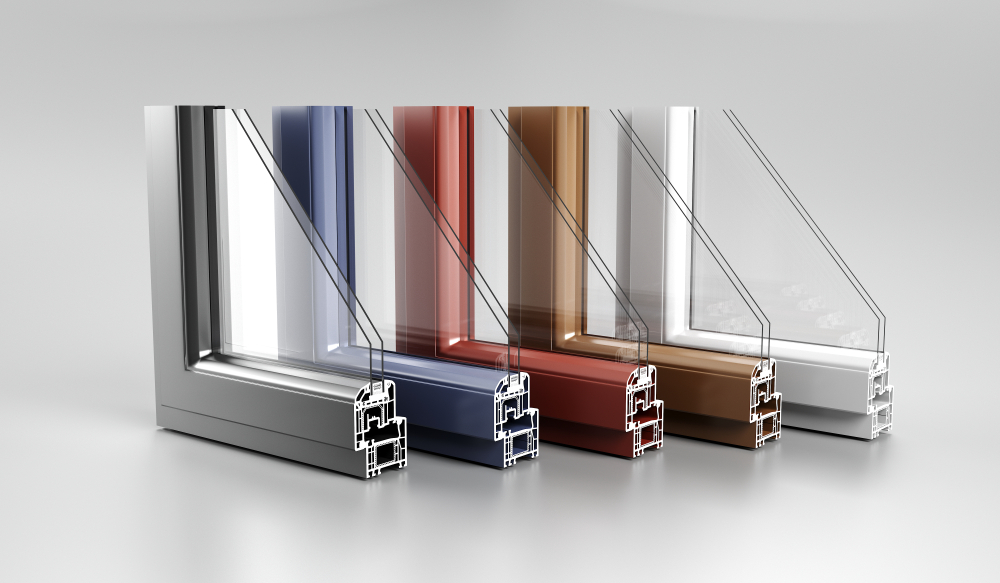
Choosing the right colour and finish for your aluminium windows is crucial to enhancing your home’s aesthetic.
Whether you prefer classic, neutral shades or bold, unique colours, the finish significantly impacts the overall look and feel.
For expert advice and personalized recommendations, contact our team at APRO. We’ll help you find the perfect colour and finish for your windows.
FAQ
What is the most popular window frame color?
White continues to be the most popular window frame color due to its timeless appeal and versatility, complementing various architectural styles and creating a clean, spacious look. However, black, greens, blues, and reds are also gaining popularity for a more bold and personalized statement.
What is the best finish for aluminum windows?
Anodized finishes offer the best corrosion resistance and a sleek, reflective look, while powder-coated aluminum windows provide a variety of color options and a durable, UV-resistant surface. Both finishes are great options depending on your aesthetic preferences and durability needs.
What is the best color for metal windows?
White is often considered the best color for metal windows due to its versatility and ability to pair well with a variety of exterior colors, creating a clean and timeless appearance. It suits both traditional and contemporary homes.
![Apro logo - 25 Types of Door Hinges and Their Best Uses [Dezember 2025] - APRO Apro logo](https://aprowin.com/wp-content/uploads/2024/08/Apro-logo.webp)
![A bifold glass door opens to a serene courtyard featuring a beautiful fountain at its center - 25 Types of Door Hinges and Their Best Uses [Dezember 2025] - APRO A bifold glass door opens to a serene courtyard featuring a beautiful fountain at its center](https://aprowin.com/wp-content/uploads/2024/10/A-bifold-glass-door-opens-to-a-serene-courtyard-featuring-a-beautiful-fountain-at-its-center.webp)
![Sunflower view through modern black aluminum window frame - 25 Types of Door Hinges and Their Best Uses [Dezember 2025] - APRO Sunflower view through modern black aluminum window frame](https://aprowin.com/wp-content/uploads/2024/10/Sunflower-view-through-modern-black-aluminum-window-frame.webp)
![Modern entrance featuring glass doors and awning for commercial projects - 25 Types of Door Hinges and Their Best Uses [Dezember 2025] - APRO Modern entrance featuring glass doors and awning for commercial projects](https://aprowin.com/wp-content/uploads/2024/10/Modern-entrance-featuring-glass-doors-and-awning-for-commercial-projects.webp)
![Stylish residential project showcasing modern architecture and a beautiful pool area - 25 Types of Door Hinges and Their Best Uses [Dezember 2025] - APRO Stylish residential project showcasing modern architecture and a beautiful pool area](https://aprowin.com/wp-content/uploads/2024/10/Stylish-residential-project-showcasing-modern-architecture-and-a-beautiful-pool-area.webp)




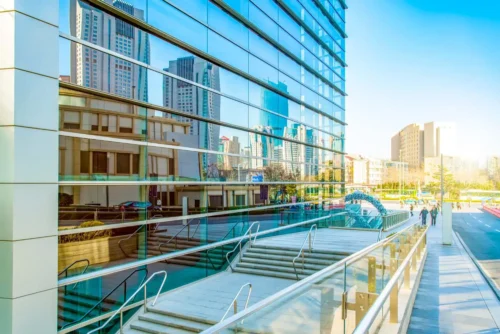
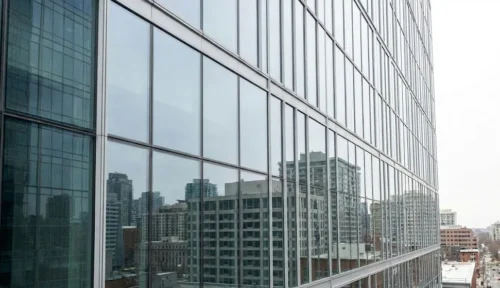

![APRO logo white - 25 Types of Door Hinges and Their Best Uses [Dezember 2025] - APRO APRO logo white](https://aprowin.com/wp-content/uploads/2024/07/APRO-logo-white.webp)